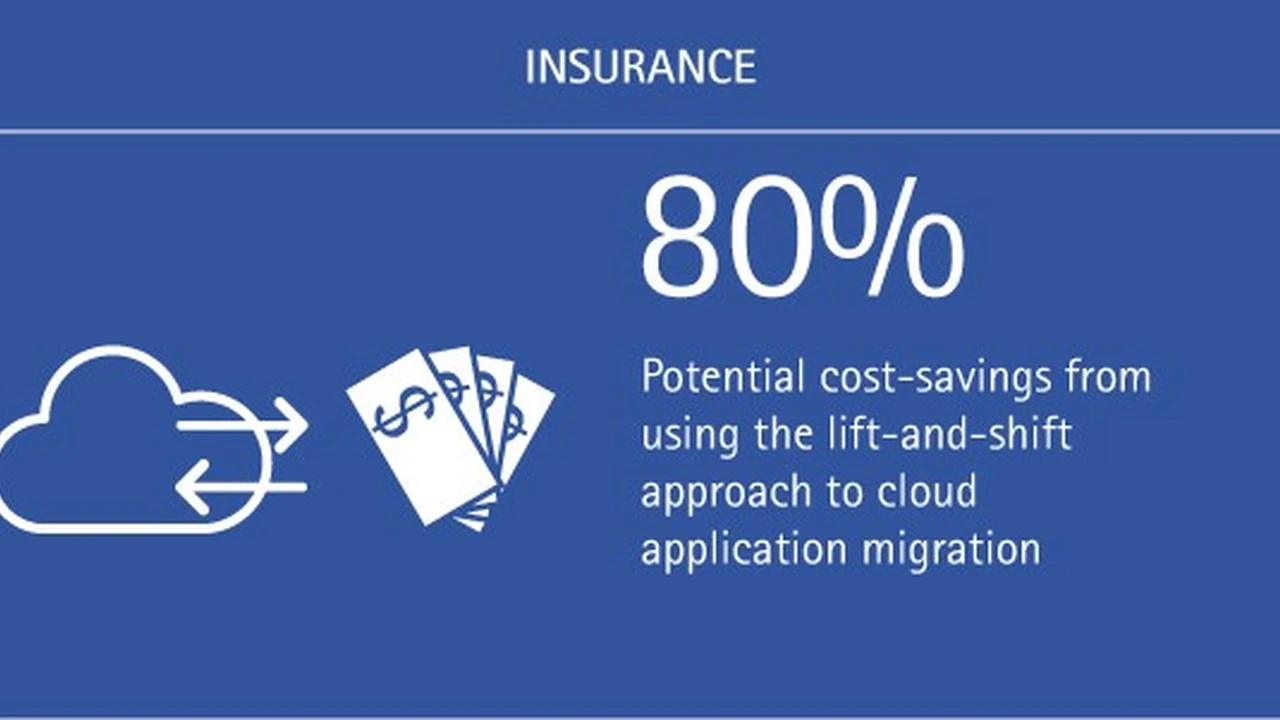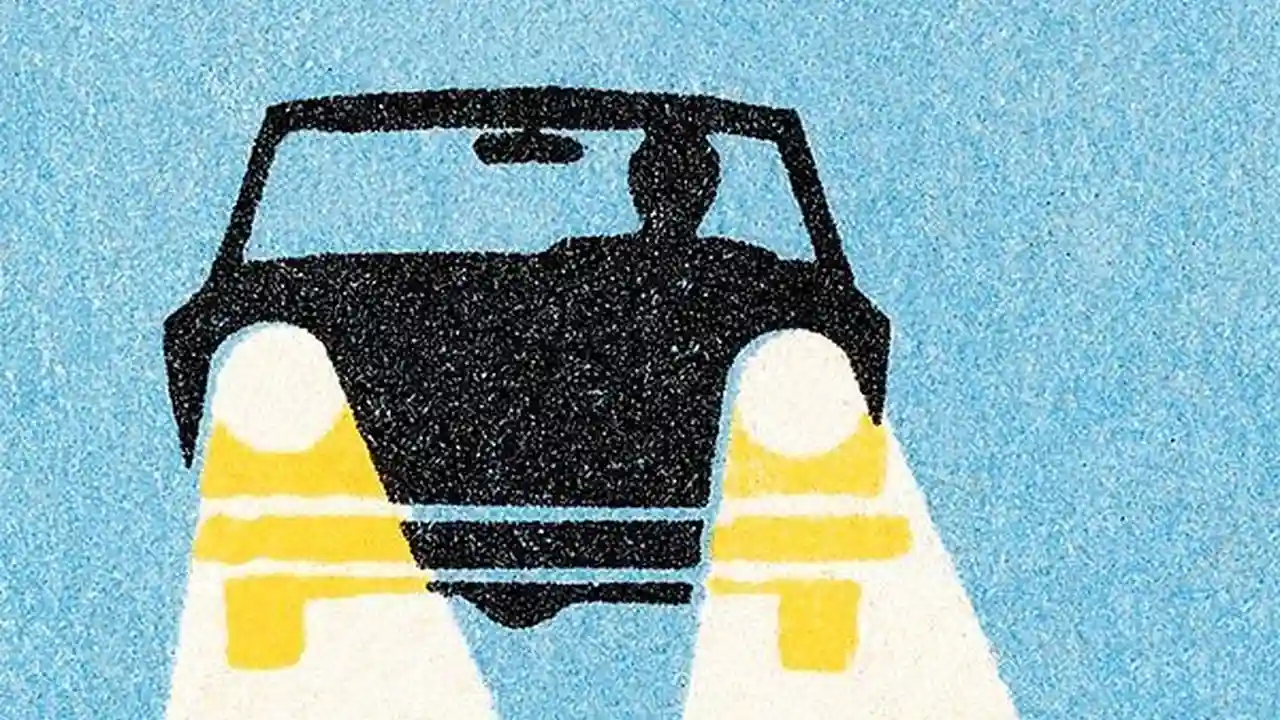Documenting Eligibility: Gathering Proof

Understanding Insurance Discounts for Teen Drivers The Importance of Proof
Hey everyone! So, you’re trying to save some serious cash on your teen driver's insurance, right? That's totally understandable. Teen driving is expensive enough as it is! One of the biggest ways to cut costs is by snagging those sweet insurance discounts. But here's the deal: you can't just say your teen is eligible; you gotta prove it. Think of it like applying for a scholarship – you need to show them you meet the requirements. Let’s dive into why documenting eligibility is super important and what kind of proof you’ll need.
Why Bother with the Paperwork?
First off, insurance companies aren’t just handing out discounts for fun. They're offering them because statistics show certain behaviors and characteristics make teen drivers less risky. For example, a teen with good grades is statistically less likely to get into an accident. The insurance company sees that lower risk and rewards you with a discount. But they need evidence! No proof, no discount. Simple as that.
Secondly, accurate documentation ensures you get the right discount. You might think you qualify for one discount, but the insurance company might see things differently. Providing clear and complete documentation helps them accurately assess your situation and apply all the discounts you deserve. It's like making sure you get all the coupons you're entitled to at the grocery store – every little bit helps!
Finally, having solid documentation prevents future headaches. Imagine getting a discount, and then months later, the insurance company asks for proof you never provided. You might end up losing the discount and owing them money! Getting everything documented upfront saves you time, stress, and potentially a lot of money in the long run.
Good Student Discount Proof and How to Get It
Okay, let's talk specifics. One of the most common discounts for teen drivers is the "good student" discount. To qualify, your teen usually needs to maintain a B average or better. But how do you prove that to the insurance company?
Official School Transcripts
This is the gold standard. An official transcript from your teen's high school or college is the most reliable form of proof. It clearly shows their grades and GPA. Contact the school's registrar's office to request a transcript. They might charge a small fee, but it's worth it for the insurance savings.
Report Cards
While not always accepted, a recent report card can sometimes work, especially if it clearly shows the GPA. Make sure it’s an official report card from the school, not just a printout from the school's online portal. Check with your insurance company beforehand to see if they accept report cards.
Letter from the School
In some cases, a letter from the school principal or guidance counselor confirming your teen's good academic standing might be sufficient. This is especially helpful if your teen attends a private school that doesn't issue traditional transcripts. Again, confirm with your insurance company first.
Driver's Education Discount Verification and Certificates
Another popular discount is for completing a driver's education course. This shows the insurance company that your teen has received formal training and is theoretically a safer driver.
Certificate of Completion
The driver's education school will typically issue a certificate of completion once your teen finishes the course. This certificate is your primary proof of eligibility. Make sure to keep it in a safe place, as you'll need it when applying for insurance.
Letter from the Driving School
If you’ve misplaced the certificate (we've all been there!), contact the driving school and ask them to provide a letter confirming your teen's completion of the course. They might charge a small fee for this service.
Defensive Driving Course Documentation and Benefits
Some insurance companies offer discounts for teens who complete a defensive driving course. This goes above and beyond the standard driver's education and teaches advanced techniques for avoiding accidents.
Certificate of Completion (Again!)
Just like with driver's education, you'll receive a certificate of completion upon finishing the defensive driving course. This is your key piece of evidence.
Course Syllabus or Description
Sometimes, the insurance company might want to see a syllabus or description of the course to verify that it meets their requirements for a defensive driving discount. Keep a copy of this information handy.
Multi-Car Discount Proof and Policy Information
If you insure multiple vehicles with the same company, you might qualify for a multi-car discount. This is a pretty straightforward one.
Current Insurance Policy
Simply provide a copy of your current insurance policy that lists all the vehicles you insure. This clearly demonstrates that you're eligible for the discount.
Declaration Page
The declaration page of your policy is a summary of your coverage and includes information about all the vehicles and drivers on the policy. This is often sufficient proof for the multi-car discount.
Telematics Program Enrollment Confirmation and Data Sharing
Increasingly, insurance companies are offering discounts for enrolling in telematics programs. These programs track your teen's driving habits using a device or app and reward safe driving with lower rates.
Enrollment Confirmation
You'll typically receive an email or letter confirming your enrollment in the telematics program. This is your initial proof of eligibility.
Data Sharing Agreement
The insurance company will also have you sign a data sharing agreement outlining how your teen's driving data will be used. Keep a copy of this agreement for your records.
Specific Product Recommendations and Comparisons
Okay, let's get into some specific products and programs that can help you snag those discounts. Remember to always shop around and compare quotes from different insurance companies to find the best deal for your specific situation.
Telematics Programs: A Deep Dive
Progressive Snapshot
Progressive's Snapshot program is one of the most well-known telematics options. It tracks things like hard braking, rapid acceleration, and nighttime driving. The safer your teen drives, the bigger the discount they'll receive. The device plugs into your car's OBD-II port. It's pretty easy to install. Pros: Significant potential discounts (up to 30%), easy installation, real-time feedback on driving habits. Cons: Aggressive driving habits can actually increase your rates, privacy concerns about data tracking. Cost: Free to enroll; no upfront costs.
State Farm Drive Safe & Save
State Farm's Drive Safe & Save program uses a mobile app to track driving habits. It monitors things like speeding, hard braking, and phone usage while driving. Pros: Convenient app-based tracking, potential discounts up to 50%, safe driving tips. Cons: Requires a smartphone and consistent data connection, potential for battery drain on the phone, discount dependent on driving habits. Cost: Free to enroll; no upfront costs.
Allstate Drivewise
Allstate's Drivewise program offers both a mobile app and a plug-in device option for tracking driving habits. It monitors speed, braking, and driving time. Pros: Choice of tracking methods, potential discounts up to 25%, rewards for safe driving. Cons: Some users report inaccurate tracking, potential for increased rates for unsafe driving. Cost: Free to enroll; no upfront costs.
Telematics Program Comparison Table
| Program | Company | Tracking Method | Potential Discount | Pros | Cons | Cost |
|---|---|---|---|---|---|---|
| Snapshot | Progressive | Plug-in Device | Up to 30% | Significant discounts, easy install | Rates can increase, privacy concerns | Free |
| Drive Safe & Save | State Farm | Mobile App | Up to 50% | Convenient, high potential discount | Requires smartphone, battery drain | Free |
| Drivewise | Allstate | App or Device | Up to 25% | Choice of methods, rewards | Inaccurate tracking reported, rates can increase | Free |
Defensive Driving Courses: Options and Pricing
Improv Traffic School
Improv Traffic School offers online defensive driving courses that are approved in many states. They use humor and engaging content to make the course more enjoyable. Pros: Engaging content, convenient online format, approved in many states. Cons: Can be more expensive than other options, may not be approved in all states. Cost: Around $30-$50, depending on the state.
IDriveSafely
IDriveSafely is another popular online defensive driving course provider. They offer a variety of courses to meet different state requirements. Pros: Wide range of courses, convenient online format, affordable pricing. Cons: Can be dry and boring, customer service can be slow. Cost: Around $20-$40, depending on the state.
National Safety Council
The National Safety Council offers both online and in-person defensive driving courses. They focus on safety and accident prevention. Pros: Reputable organization, comprehensive course content, options for online and in-person learning. Cons: Can be more time-consuming than other options, may not be available in all areas. Cost: Varies depending on the course and location.
Defensive Driving Course Comparison Table
| Course Provider | Format | Pros | Cons | Cost |
|---|---|---|---|---|
| Improv Traffic School | Online | Engaging, convenient | More expensive, state approval varies | $30-$50 |
| IDriveSafely | Online | Wide range of courses, affordable | Dry, slow customer service | $20-$40 |
| National Safety Council | Online/In-Person | Reputable, comprehensive | Time-consuming, location dependent | Varies |
Final Thoughts on Securing Those Teen Driver Insurance Discounts
Getting insurance for a teen driver doesn't have to break the bank. By understanding the different discounts available and diligently documenting your eligibility, you can significantly lower your premiums. Remember to shop around, compare quotes, and ask your insurance agent about all available discounts. Good luck, and drive safe!
:max_bytes(150000):strip_icc()/277019-baked-pork-chops-with-cream-of-mushroom-soup-DDMFS-beauty-4x3-BG-7505-5762b731cf30447d9cbbbbbf387beafa.jpg)






